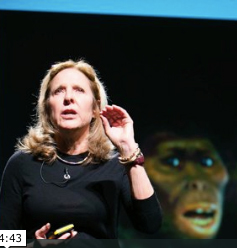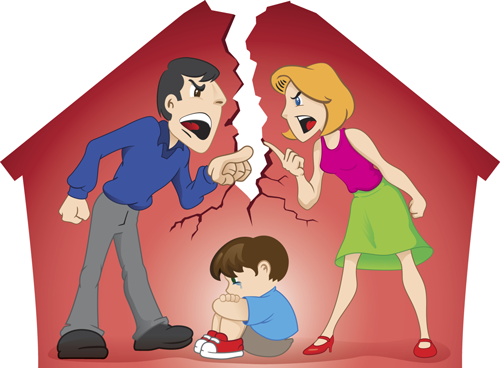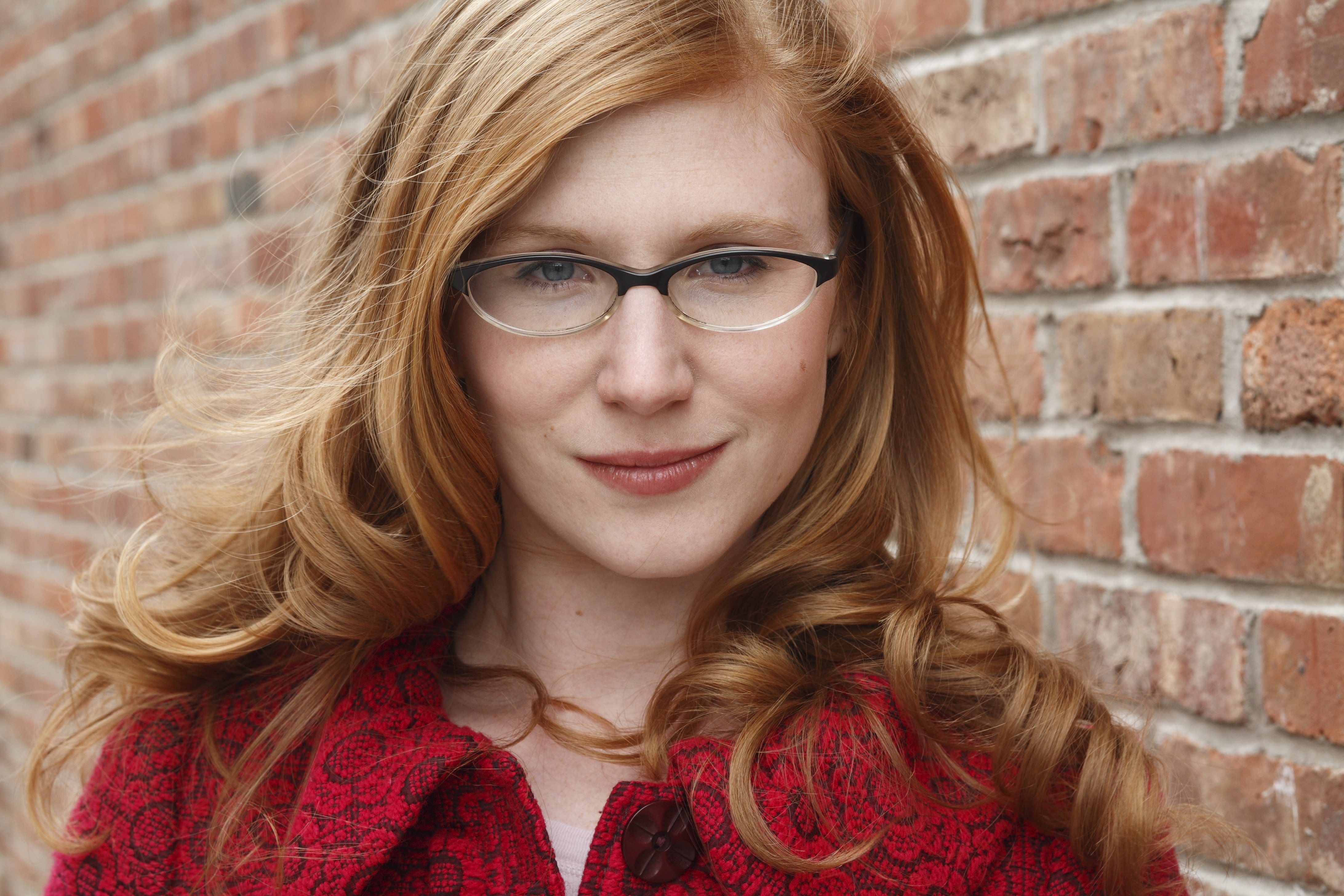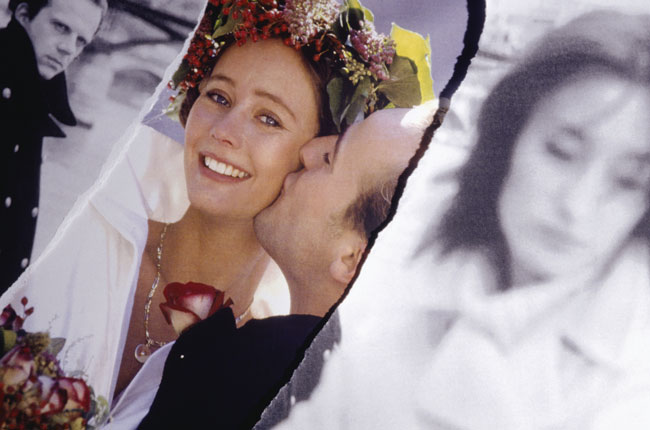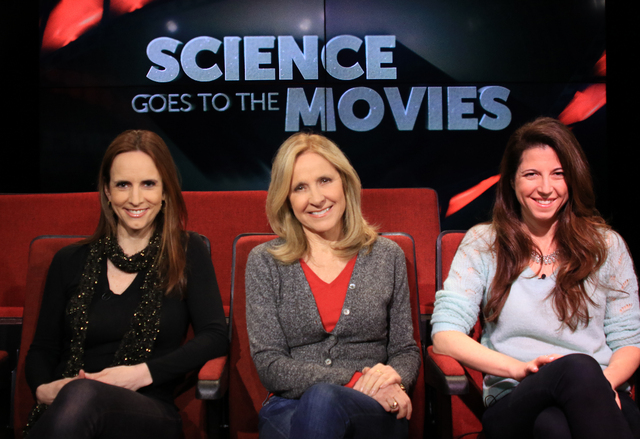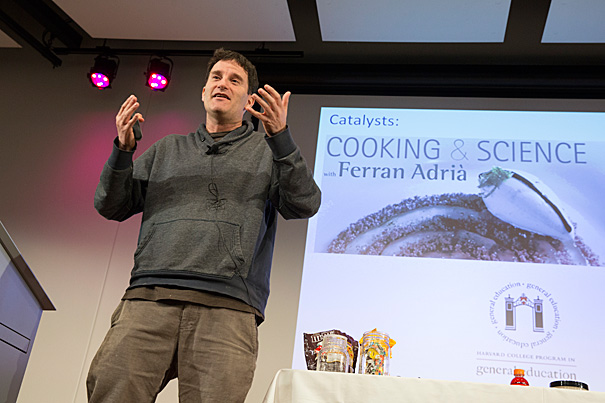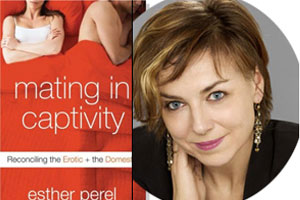Helen Fisher, our co-founder, has written an article for Nautilus about romance and romantic love. You can read all of it here. She thinks dating behavior is changing, and that it is probably better for marriages. For singles in the USA, she sees a new long pre-commitment stage before marriage. Marriage is still desirable! The article title:
Casual Sex May Be Improving America’s Marriages
One-night stands and friends with benefits are just what your brain ordered.
She cites data from a Singles in America Study by match.com. Here is part of the article:
"An American man and a French woman meet on a train in Europe. They live on different continents. But before the sun comes up, they have spent the night together. What happens next?
"You’d expect the answer to be, nothing. It’s just a one-night stand in a faraway place. But in director Richard Linklater’s trilogy, Before Sunrise, Before Sunset, and Before Midnight, their romance blooms into commitment and kids.
"While some might dismiss this as Hollywood romanticism, it is actually a common experience. For the past five years, my colleagues at Match.com and I have conducted an annual national study called Singles in America, and in each year, a majority of survey respondents have reported having a one-night stand. And 27 percent of our 2014 respondents reported having had a one-night stand turn into a long-term, committed partnership.1
"We humans are a romantic tribe. Over 54 percent of American singles (which make up over half of the adult population) believe in love at first sight; 56 percent believe laws should make it easier to wed; 89 percent believe you can stay married to the same person forever. And, remarkably, 33 percent of American singles believe it’s ok to leave a “satisfactory marriage” if you are no longer passionately in love. In America, as in much of the post-industrial world, romantic love is in full bloom.
"Yet between 43 and 50 percent of American marriages will fail, and some 67 percent of American cohabiting couples report that they are terrified of the social, legal, emotional, and economic consequences of divorce.2 Divorce, men and women wanly joke, is in the drinking water.
"So I have come to believe that—motivated by romance and afraid of what sociologist Andrew Cherlin calls the marriage-go-round—today’s singles are ushering a long pre-commitment stage into the courtship process. Fast sex is part of the package. Couples want to get to know everything about a potential life partner before they tie the knot. Welcome to the age of slow love.....
"The basic circuits for romantic love lie in primitive regions of the brain, near those that orchestrate thirst and hunger. Romantic love is a drive—one of three basic brain systems that evolved to direct our fundamental human mating and breeding strategy. The sex drive predisposes you to seek a range of mating partners; romantic love enables you to focus your mating energy on a single individual at a time; and feelings of attachment incline you to form a pair-bond at least through the infancy of a single child. Feelings of romantic love and deep attachment to a partner emerge in a pattern highly compatible with the spirit of the times—that is, with slow love.
"I say this because my colleagues Lucy Brown, Art Aron, Bianca Acevedo, and I have put new lovers into a brain scanner (using functional Magnetic Resonance Imaging, or fMRI) to measure neural activity as these men and women gazed at a photo of their sweetheart. Those who had fallen madly in love within the past eight months showed activity in brain regions associated with energy, focus, motivation, craving, and intense romantic love. But those who had been passionately in love for eight to 17 months also showed activity in an additional brain region associated with feelings of attachment.4
Sexual liberalism has aligned our courtship tactics with our primordial brain circuits for slow love.
"Romantic love is like a sleeping cat; it can be awakened at any time. Feelings of deep attachment, however, take time, and they can endure. In another of our studies, led by Acevedo, we put 17 men and women in their 50s and early 60s into the brain scanner. These participants had been married an average of 21 years, and all maintained that they were still madly in love with their spouse. Their brains showed that they were: They were deeply attached as well.
"We have even begun to map some of the brain circuitry responsible for this marital happiness. In our study of long-term lovers, those who scored higher on a marital satisfaction questionnaire showed more activity in a brain region linked with empathy, a trait they had most likely retained from their initial passion.5 Moreover, when psychologist Mona Xu and her team used my original research design to collect similar brain data on 18 young men and women in China, she found that those who were in love long term showed activity in a brain region associated with the ability to suspend negative judgment and over-evaluate a partner,6 what psychologists call “positive illusions.”7 Much like men and women who have just fallen madly in love, these long-term partners still swept aside what they didn’t like about their mate and focused on what they adored.
"Because feelings of attachment emerge with time, slow love is natural. In fact, rapidly committing to a new partner before the liquor of attachment has emerged may be more risky to long-term happiness than first getting to know a partner via casual sex, friends with benefits and living together. Sexual liberalism has aligned our courtship tactics with our primordial brain circuits for slow love. For the rest of this article, go here, to Nautilus.
NEXT
























